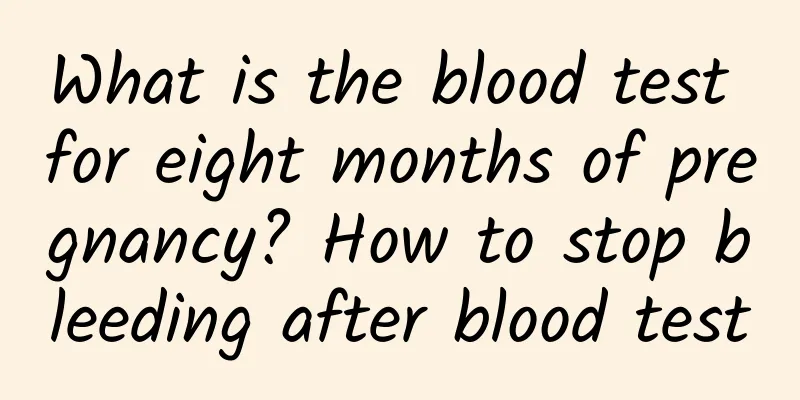Can fallopian tube tuberculosis be cured?

|
Fallopian tube tuberculosis is very harmful. If it becomes serious, it can cause infertility in women. It is also a common gynecological disease. It often causes lower abdominal pain in women, easily causes low fever, and often leads to weight loss and fatigue. There are many treatments for fallopian tube tuberculosis, which can be treated through chemotherapy, surgery, etc. In daily life, you should also pay attention to nutrition and healthy diet. 1. Chemotherapy 1. General treatment: Improve nutrition, pay attention to rest, and increase the body's resistance. 2. Anti-tuberculosis treatment: This method should be used especially for young patients. The selection and usage of anti-tuberculosis drugs are the same as those for pulmonary tuberculosis. However, because the fallopian tube mucosa has many folds, tuberculosis bacteria are not easy to be eliminated, so the course of treatment should be appropriately extended, preferably 9 months to a year. Principles of anti-tuberculosis treatment: early, regular, full course, appropriate dosage, and combination use. 2. Surgical treatment The preferred surgical approach is bilateral adnexectomy and total hysterectomy, and ovarian function should be preserved as much as possible in young women. Ovarian preservation can be considered when there is no caseous necrosis or abscess on ovarian dissection. Since adhesions caused by genital tuberculosis are often extensive and dense, intestinal antiseptic drugs should be taken orally and cleansing enema should be performed before surgery. To avoid the spread of infection during surgery and reduce adhesions, which is beneficial to surgery, anti-tuberculosis drugs should be used for 1-2 months before surgery. After surgery, depending on the activity of tuberculosis and whether the lesions have been completely removed, anti-tuberculosis drugs should be continued for about 1 month to achieve complete cure. 1. After chemotherapy, a mass has formed in the fallopian tube and it will not disappear. Chemotherapy alone can only shrink the mass and alleviate the symptoms but cannot cure it. 2. Patients whose symptoms recur after regular and adequate chemotherapy but the effect is unsatisfactory, or whose symptoms disappear after chemotherapy but recur soon after. 3. Larger endoscopic effusions often require surgical treatment. 4. Patients over 40 years old who do not need to preserve menstruation and have difficulty in following up with chemotherapy. 5. For those who also have tuberculous peritonitis, continuing chemotherapy after removing the internal genitalia is beneficial to the recovery of peritoneal tuberculosis. |
<<: How long can vulvar leukoplakia live?
>>: What is the best time to check the fallopian tubes?
Recommend
How long after sex can I detect pregnancy?
In the information age, even little girls who hav...
What is the cause of endometriosis ovarian cysts?
Ovarian cysts are a common disease, which can cau...
Is there any odor down there in the early stages of cervical cancer?
Gynecological diseases are quite harmful to women...
What is the cause of menstruation during ovulation?
Many women are afraid of having their period duri...
Why do I have chest pain during confinement?
Chest pain is a very broad definition. The locati...
Will sitting for a long time make you ugly? Uncover the health truth of long-term sitting posture
In today's modern life, many people are troub...
What to do if amniocentesis is high risk?
For female friends who are pregnant or have been ...
Is there any way to soften a hard cervix? It is enough to learn these methods
If the cervix is hard, it will be bad for women...
What's going on with sudden irregular menstruation and prolonged and excessive menstruation?
Many female friends often feel that their menstru...
Eating donkey-hide gelatin will worsen breast hyperplasia
Donkey-hide gelatin is a food ingredient that can...
Can I eat scallops during menstruation?
Can you eat scallops during menstruation? This is...
What causes body odor? Excessive stress, genetics, and drinking are all causes of body odor
Regular bathing and personal care can prevent bod...
How long does it take for breasts to react during pregnancy?
Nowadays, many people choose to be DINKs, which l...
What should women do if their leucorrhea is yellow and itchy?
Nowadays, vaginal diseases are not uncommon at al...
Do you fart a lot after the fertilized egg implants?
After a woman becomes pregnant, she will develop ...









